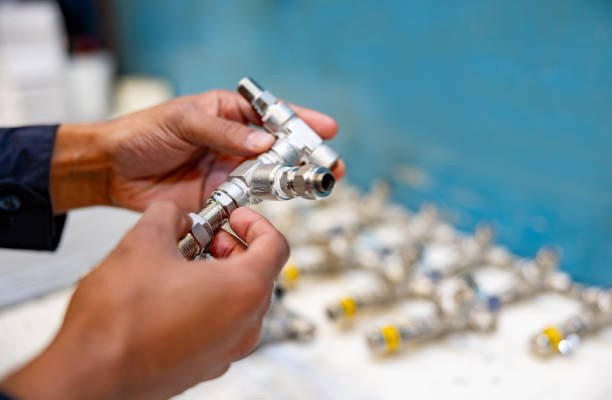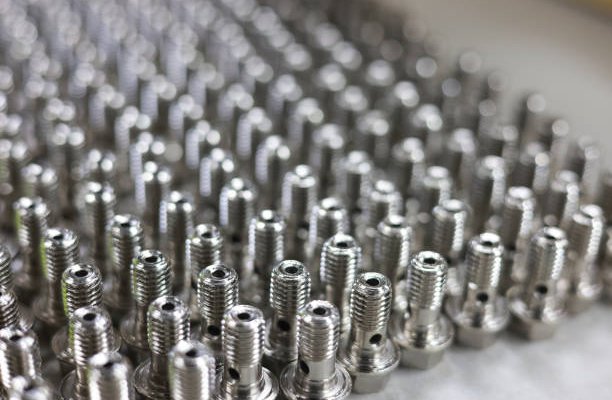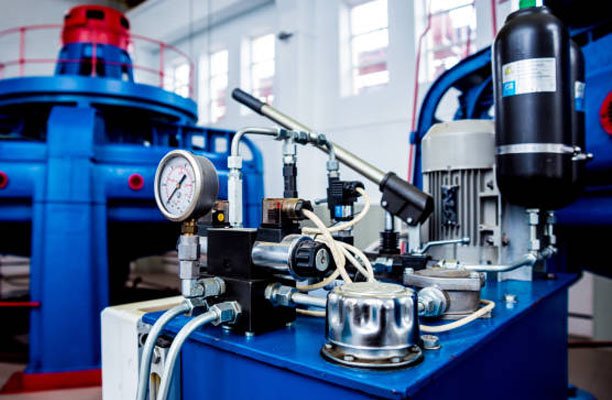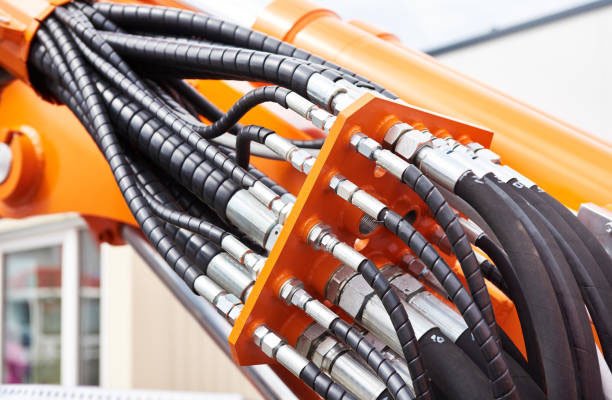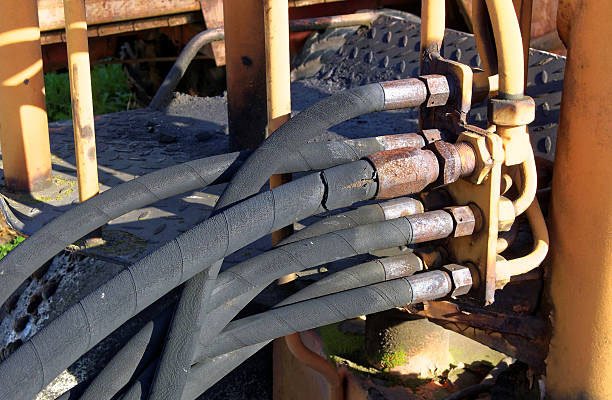Hydraulic systems are the backbone of industries like construction, manufacturing, and agriculture. However, even the most efficient system can falter if the right hydraulic fittings aren’t in place. Identifying hydraulic fittings correctly is critical for system performance, safety, and longevity.
In this detailed guide, we’ll break down the step-by-step process for correctly identifying hydraulic fittings, whether you’re a seasoned professional or a complete newbie. From thread types to sealing methods, we’ve got you covered. Let’s dive in!
Why Is Identifying Hydraulic Fittings Important?
A hydraulic system is only as strong as its weakest connection. Therefore, fittings play a vital role in ensuring that hoses, tubes, and pipes remain securely connected under pressure. However, misidentifying a fitting can lead to several issues, such as:
- Leaks: Resulting in hydraulic fluid wastage, environmental hazards, and potential safety risks.
- Inefficiency: The wrong fittings can compromise pressure, causing the system to underperform.
- Damage to Equipment: Using incompatible fittings can cause thread stripping, poor sealing, or even burst hoses.
By taking the time to properly identify your hydraulic fittings, you’ll avoid costly repairs, downtime, and safety hazards. Plus, you’ll ensure your system runs at peak efficiency.
Steps to Identify Hydraulic Fittings Correctly
1. Determine the Fitting Type
The first step is to determine the general type of fitting you’re dealing with. This is crucial because hydraulic fittings come in several designs, each serving a specific purpose. For instance, the most common fitting types include:
- Compression Fittings: These fittings compress onto a pipe or tube to create a tight seal. They’re popular in lower-pressure applications.
- Flare Fittings: These fittings have a flared end that seals against a cone-shaped surface when tightened. They’re commonly used in automotive and aerospace systems.
- O-ring Face Seal (ORFS): These fittings use an O-ring to ensure a leak-proof connection. ORFS fittings are excellent for high-pressure systems.
- Pipe Fittings: These are threaded fittings typically used in plumbing or lower-pressure hydraulic systems.
How to Identify the Fitting Type:
- Look at the shape of the fitting. Is it straight, angled, or T-shaped?
- Inspect the sealing mechanism. Does it use an O-ring, threads, or a flared end?
- Consider the application where the fitting is used. For example, ORFS fittings are often found in industrial equipment, while flare fittings are common in fuel lines.
2. Identify the Thread Type

Thread identification is often the trickiest part of the process, but it’s also the most important. Hydraulic fittings use different thread standards depending on the region, manufacturer, and application.
Common Thread Types:
- NPT (National Pipe Tapered): Tapered threads that seal by wedging the threads together. Widely used in North America.
- BSP (British Standard Pipe): Found in European and Asian systems. These threads can be tapered (BSPT) or parallel (BSPP).
- UN/UNF (Unified Thread): Fine-threaded fittings commonly used in North America.
- Metric Threads: Found in hydraulic systems globally, especially in Europe and Asia.
How to Identify Thread Type:
- Inspect the Thread Pitch:
Use a thread pitch gauge to measure the distance between threads. Match it to the thread standard chart for an exact match. - Check if the Thread is Tapered or Parallel:
Tapered threads narrow at the end, creating a tighter seal as they are tightened. Parallel threads remain consistent in diameter. - Use Thread Charts:
Many hydraulic fitting manufacturers provide charts that detail thread profiles and dimensions for common standards like NPT, BSP, and UNF.
3. Measure the Fitting Size
Once you’ve identified the thread type, the next step is to measure the size of the fitting. This step is crucial because accurate measurements ensure the fitting matches your system perfectly.
How to Measure Fitting Size:
- For Male Threads: Use a caliper to measure the outside diameter (OD) of the threads.
- For Female Threads: Measure the inside diameter (ID) where the threads are located.
- For Hose Fittings: Measure the internal diameter (ID) of the hose to ensure it matches the fitting size.
Why Size Matters:
Using a fitting that’s even slightly too small or too large can compromise the seal, leading to leaks or thread stripping. If in doubt, refer to the manufacturer’s size chart for clarification.
4. Check the Sealing Method
Hydraulic fittings use different sealing mechanisms depending on the application. Understanding how a fitting seals will help you confirm its type and compatibility.
Common Sealing Methods:
- O-ring Seals: These fittings use an O-ring to create a leak-proof seal. The O-ring sits in a groove and compresses when the fitting is tightened.
- Metal-to-Metal Seals: These rely on the direct contact between two metal surfaces to create a seal. They’re commonly found in high-pressure applications.
- Thread Seals: Threads themselves act as the sealing mechanism, often with the help of thread tape or liquid sealant.
5. Identify the Material
Hydraulic fittings come in a variety of materials, each chosen for specific applications. Selecting the right material ensures durability and compatibility with hydraulic fluids.
Common Fitting Materials:
- Steel: Strong and durable, steel fittings are ideal for high-pressure applications but may corrode if exposed to moisture.
- Stainless Steel: Corrosion-resistant and perfect for harsh environments, such as marine or chemical processing industries.
- Brass: Lightweight and corrosion-resistant, brass is commonly used in lower-pressure systems.
- Plastic: Affordable and resistant to corrosion, plastic fittings are ideal for lightweight, low-pressure applications.
How to Identify the Material:
Look at the fitting’s color and texture. Steel has a darker, matte appearance, while stainless steel is shiny and corrosion-resistant. Brass fittings are typically golden in color, and plastic fittings are lightweight and often colored white or black.
6. Consider the Application and Compatibility
Before finalizing your identification, think about how the fitting will be used. Hydraulic fittings must be compatible with the system’s fluid, pressure, and environmental conditions.
Questions to Ask:
- What type of hydraulic fluid is being used? Some fluids are corrosive to certain materials.
- What’s the system’s maximum pressure rating? Choose fittings that can handle the pressure without leaking or failing.
- Will the fitting be exposed to extreme temperatures or harsh environments?
By considering these factors, you’ll ensure that your fitting is not only the right type but also the right choice for your system.
Conclusion
Identifying hydraulic fittings might seem intimidating, but with the right steps and tools, it becomes a straightforward process. Start by examining the fitting type, thread type, and sealing mechanism. Measure carefully, check the material, and consider the application to ensure you’ve made the correct identification.
FAQs
1. How can I tell if a thread is tapered or parallel?
Tapered threads narrow as you move toward the end of the fitting, while parallel threads maintain the same diameter throughout. You can confirm this by placing the fitting against a straight edge.
2. What happens if I use the wrong fitting?
Using an incorrect fitting can lead to leaks, reduced system efficiency, and even equipment damage. Always double-check your identification to avoid costly errors.
3. Can hydraulic fittings be repaired or reused?
While some fittings can be reused if they’re in good condition, others—like those with damaged threads or worn O-rings—should be replaced to ensure a secure connection.
4. How do I identify a damaged hydraulic fitting?
Check for stripped threads, worn O-rings, corrosion, or deformed shapes. Damaged fittings should be replaced immediately to avoid leaks or equipment failure.
5. Can I mix different types of hydraulic fittings?
No, mixing thread types (e.g., NPT and BSP) or materials (e.g., steel and brass) can cause leaks, corrosion, or system inefficiency. Always use compatible fittings from the same standard or manufacturer.
6. What mistakes should I avoid when identifying hydraulic fittings?
Avoid guessing thread types, overtightening, ignoring material compatibility, or skipping thread sealant. Proper identification and sealing ensure a leak-free system.

